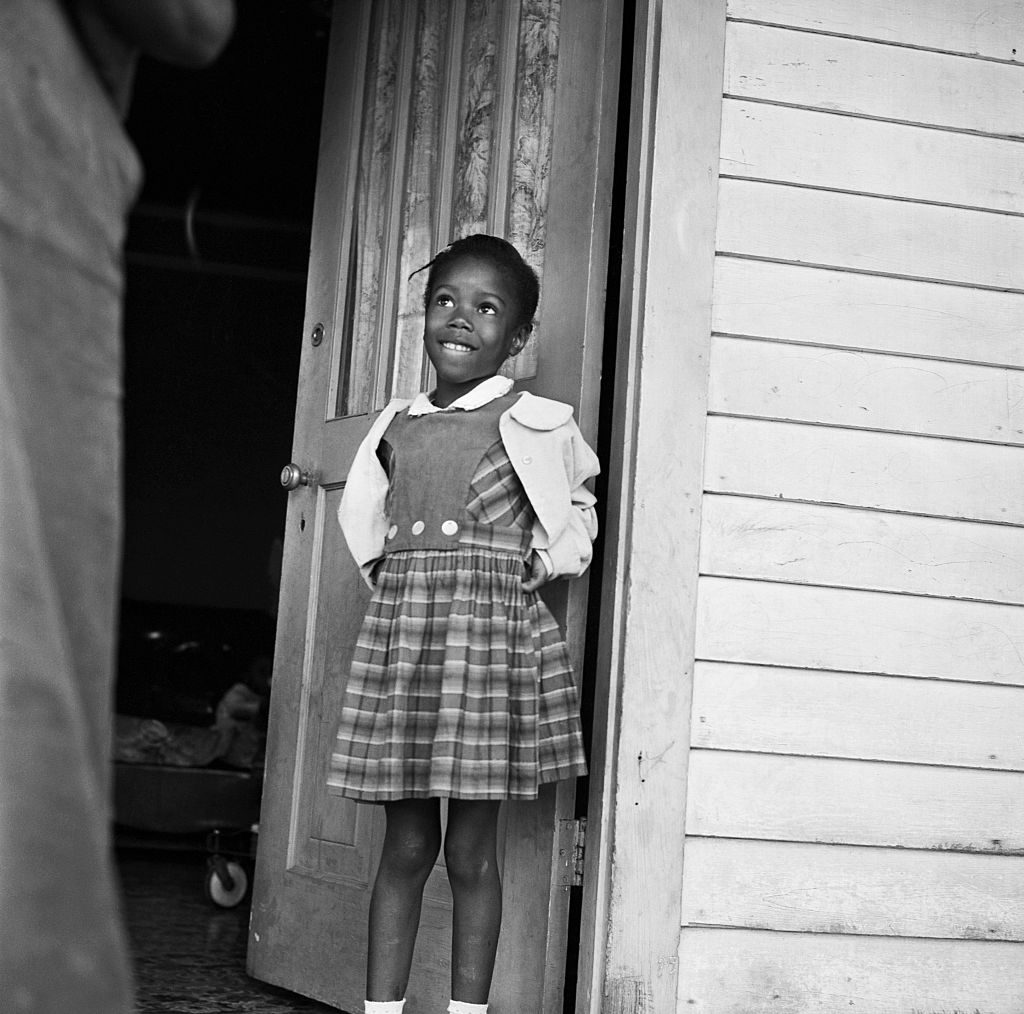Civil rights icon and activist Ruby Bridges says that when she saw “the young people take to the streets” after George Floyd’s killing, she “felt like it was about time.”
In a video series TIME is producing with journalist Katie Couric, Bridges says that when she saw footage of Floyd’s death she thought about the “kids watching and what they must have been thinking.” She explains that she thinks the video was the “straw that broke the backs of so many people before that young man,” sparking protests across the U.S. and around the world.
“It made me think about the protesters from 1960,” Bridges says of when she first saw the recent mass demonstrations. “It made me think about the day that I walked up those stairs when I integrated Frantz school.”
Bridges was only six years old when she made history by becoming the first Black child to desegregate the all-white William Frantz Elementary School in New Orleans in 1960. She was met with an angry crowd of white protesters—and for her own safety, four federal marshals escorted her to school every day that year.

Bridges tells Couric she “definitely” remembers her first day at the school. Her parents had never explained that she was integrating a white school, she says, and so when she first arrived and saw those protesting integration she thought “we had stumbled into a Mardi Gras parade.”
She also recalls how some people protesting her enrollment would carry around a Black doll inside a baby’s coffin, which triggered nightmares. “That was my first encounter, knowingly, about racism,” Bridges tells Couric. “I realized at that point it’s not Mardi Gras. It all came together and made sense then. I knew that it was about me and I knew that it was about the color of my skin.”
The racism and violence that Bridges faced was the subject of the iconic 1964 painting The Problem We All Live With, which former President Barack Obama installed in the White House in the hallway outside the Oval Office in 2011.
“I cannot even begin to tell you how moved I was,” Bridges says of when she was invited to the White House to see the painting. She shares that upon her meeting with President Obama, everyone else in the room began to cry. “It was history,” she recalls. “It was those two generations coming together. Everything that all those people fought for.”
Bridges tells Couric that she thinks the protests of today look “very different from the protesters during the Civil Rights Movement,” due to their diversity. “Yes, there were lots of white folks, Hispanics, lots of people that took part during the Civil Rights Movement,” says Bridges. “But what we’ve seen today in the streets is very, very powerful.”
“They’ve taken on this charge,” she continues. “I think the baton has been passed.” Bridges says the protests make her hopeful about the future of the U.S., adding, “I think when we open our doors and we are able to go back out, this world is going to be a different place.”
This interview is part of a special series produced in collaboration with Katie Couric. Read more from TIME Reports with Katie Couric, and sign up for her weekday morning newsletter Wake-Up Call with Katie Couric.
More Must-Reads from TIME
- Cybersecurity Experts Are Sounding the Alarm on DOGE
- Meet the 2025 Women of the Year
- The Harsh Truth About Disability Inclusion
- Why Do More Young Adults Have Cancer?
- Colman Domingo Leads With Radical Love
- How to Get Better at Doing Things Alone
- Michelle Zauner Stares Down the Darkness
Write to Madeleine Carlisle at madeleine.carlisle@time.com